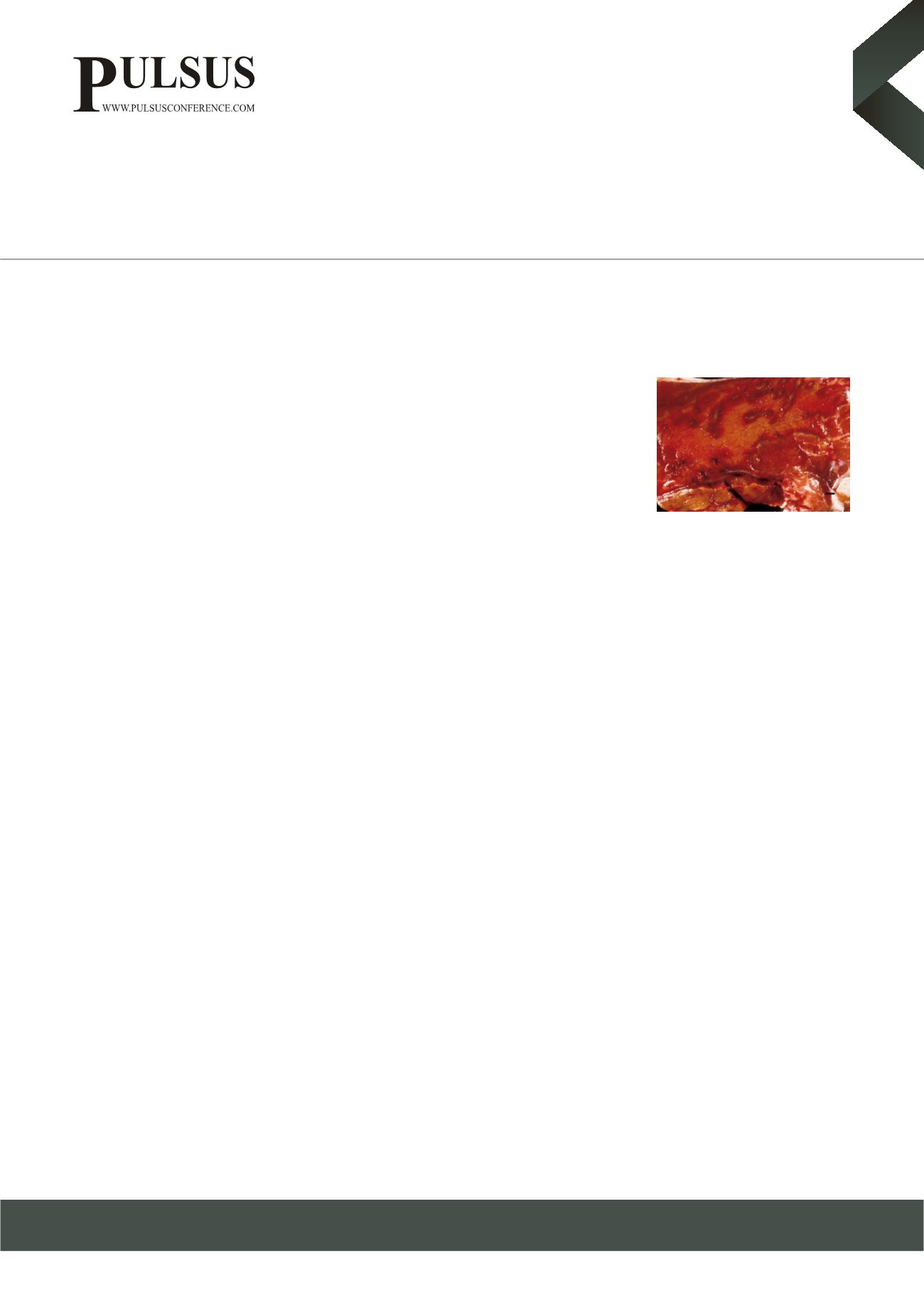

Page 34
Notes:
Volume 3
Current Research: Integrative Medicine
Chronic Diseases 2018
July 16-17, 2018
Chronic Diseases
July 16-17, 2018 Berlin, Germany
2
nd
International Conference on
Myopathy of livestock and horses as a disease of economic significance
Kirsty Tan
University of Kiel, Germany
Statement of the Problem:
Myopathy in livestock and horses is a degenerative disease of the
skeletal muscle that is characterized by muscle weakness and hyaline degeneration of muscle fibres.
They are of important economic significance because this disease affects the animal’s productivity
and the farm’s profitability. The etiologies of this disease are dependent on the type of myopathy
and can be nutritional, exertional, genetic or even neurogenic in nature. The purpose of this study
is to determine the most common types of myopathies that affect livestock and horses, their
pathogeneses that will enable higher efficiency of prevention, different treatment methods used
and how these specific types of myopathies can be models for muscular dystrophy in humans.
Methodology & Theoretical Orientation:
Several separate studies were run with cattle, horses and pigs. The most commonly
occurring myopathies, their clinical signs and development of the disease, methods for diagnosis, as well as the different treatment
protocols that were implemented were researched in these animals. Genetically engineered pigs were also studied as a model for
Duchenne Muscular Dystrophy in humans.
Findings:
The commonly occurring type of myopathy in most farm animals, enzootic nutritional muscular dystrophy was a result
of nutritional deficiencies, particularly of selenium and vitamin E. Exertional rhabdomyolysis and equine polysaccharide storage
myopathy were found mostly in horses. Early detection, especially of animals most prone to a specific type of myopathy, and ongoing
treatment & control of the disease enables effective recovery of the animal.
Conclusion & Significance:
Most types of myopathies, with the exclusion of genetic or congenital can be prevented through highly
efficient management systems. Additionally, myopathies in animals can serve as an effective model for human muscular dystrophy,
especially pigs as they share many similarities with humans in terms of anatomical features, physiology and pathophysiology.
Biography
Kirsty Tan is pursuing her Masters of Agrigenomics from University of Kiel in Germany. She is specializing in animal breeding, genetics and nutrition of farm animals.
She is currently studying the effects of genetics on important economic traits in farm animals and how these traits can be improved through the application of the
latest genetic techniques.
kirsty.tan89@gmail.comKirsty Tan, Curr Res Integr Med 2018, Volume 3
DOI: 10.4172/2529-797X-C1-002
















